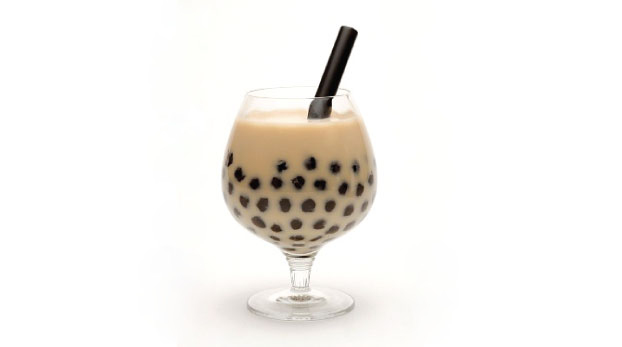The bubble tea craze is back in force, even stronger the second time around.
The tea-drinking fad is back. No, we are not talking about your cuppa Earl Grey or Wu-Loong – it’s bubble tea we mean. The ubiquitous in-your-face bubble tea kiosks that have conquered almost every nook and cranny of the city are very hard to miss. Nowadays, when you see a long winding line in front of a kiosk, chances are they are waiting to get their tea served in a plastic cup. Chatime and Gong Cha are arguably the two biggest franchises in town, sort of the tea industry’s Starbucks and Coffee Bean & Tea Leaf.
According to online sources, the bubble tea fad originated from Taiwan in the 1980s, from a single stall in Taipei’s night market. Now the drink has become so popular that there are more than 8,000 bubble tea stores in Taiwan alone, and many Taiwanese perceive bubble tea as their national drink. A Taiwanese lady, Lin Hsiu Hui, is reportedly the first person who came up with the idea of adding tapioca balls into iced tea. All that happened in 1988 – this is a fad born out of curiosity and fun.
It was only the early 2000s when the first wave of bubble tea hit our shore. Back then, bubble tea or pearl milk tea was commonly found at pasar malam (night markets), made with powdered formula and imported tapioca ‘pearls’. The fad continued for a few years, but later faded into near oblivion due to health concerns over the chemicals said to be used in the starchy black pearls.
Last year, the Health Ministry confirmed that a Taiwanese product commonly used in bubble tea drinks sold in the Klang Valley is contaminated with the carcinogen diethylhexyl phthalate (DEHP), which is a dangerous plasticiser used to soften PVC. Over-consumption of the chemical may lead to cancer.
In response to the incident, Chatime released a press statement on their website stating that their products are free from DEHP, tested by Hong Kong Food and Environmental Hygiene Department, the Taiwan Food and Drug Administration and the Health Department-assigned Food Safety Institute International. And Gong Cha announced on Facebook in June 2011 that their products passed the DEHP test.
So why are Malaysians going gaga over the drink again?
Today, bubble tea is made with freshly-brewed tea instead of the flavoured powder method of a decade ago. Pearls are replaced regularly to ensure freshness and to prevent hardening. Hence, the taste and texture of tea are very different. Add to that the new and improvised variety of bubble teas. New flavours like roasted milk tea and winter melon tea are some of the best sellers. Apart from the conventional pearls, choices for toppings have also increased; there is array of new toppings such as grass jelly, aloe vera, pudding and more.
In terms of marketing strategy, bubble tea brands today focus heavily on exclusive branding and selecting prime locations. Many brands also take advantage of social media to reach out to more customers and keep the existing ones interested. Most recently, Chatime has introduced a delivery service to offices and homes and membership cards for loyal consumers.
So the question is, is this another bubble tea fad or a permanent cultural phenomenon? How long will it last this time? Judging from the stores popping up, bubble tea fever might last for more than just a while.
